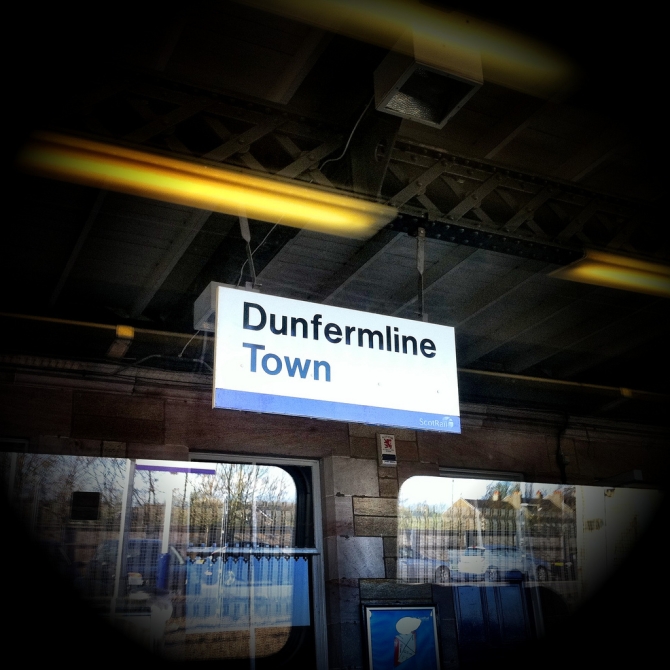A mothballed Scottish electronics factory could be turned into high-tech commercial units and a college campus under new plans unveiled by Shepherd Offshore. The firm — fronted by ex-Newcastle United chairman Freddy Shepherd — also wants to build houses and a hotel on the million square feet site.

The Fife site was bought by the Tyneside-based company in 2010 after it had remained unused for more than 13 years. Hyundai originally ploughed £3bn into the microchip plant, beside the M90 near Dunfermline, but abandoned its European expansion plans when the semi-conductor market collapsed. The site was then acquired by Motorola and subsequently by Freescale, which passed it on to Shepherd Offshore.
At the time of that sale, four years ago, the chairman of Fife Council’s environment enterprise and transportation committee, Tony Martin, said: “I understand the new owner of the site has completed an evaluation of the existing buildings, and has concluded that there is no viable re-use for the main manufacturing facility as the internal structure prevents alternative uses.”
Now Shepherd Offshore, based in Newcastle’s East End, has lodged plans with the council for a first phase development of up to 450 homes on part of the site. Its master plan also includes attracting technology companies and accommodating as many as 2,000 students on a new college campus.
“This is a great opportunity for us to expand into the Scottish market,” said Freddie Shepherd. “These are exciting plans that will help boost the local economy and create jobs in Dunfermline.”
In a separate announcement, Shepherd Offshore has confirmed it has scaled back its plans for another development site it owns at Halbeath. It had already received planning approval for a green energy hub on 64 acres of the Dunfermline land, but now says it only wants to build on 46 acres and blames “commercial realities” for the reduction.
Shepherd Offshore bought the 150-acre site more than three years ago with promises of anything up to 10,000 jobs in the renewables sector. Defending the reconfiguration, Colliers International said the site would now contain much more open space, up from 42 to 55 acres, but that plans for the rest of the project have changed little.
“Essentially the loss or reduction of actual area for employment land is a result of the refinement of the master plan to accommodate, in the main, the landscape and green space requirements,” the agents stated. “There is, however, an understanding about the complexities of defining the overall development, particularly when the development is planned over the long term and where commercial realities must also be taken into account.”
A condition of the original planning consent was that “a minimum of two-thirds of the site shall be retained for employment uses which shall be the principal use on the site”. Other elements of the scheme, which Colliers says remain unaffected, are for 10 acres devoted to education with a possible college or university tie-in, and three acres of retail units. There would also be a hotel.
Previous Post
Chinese Investors tighten grip on Manhattan